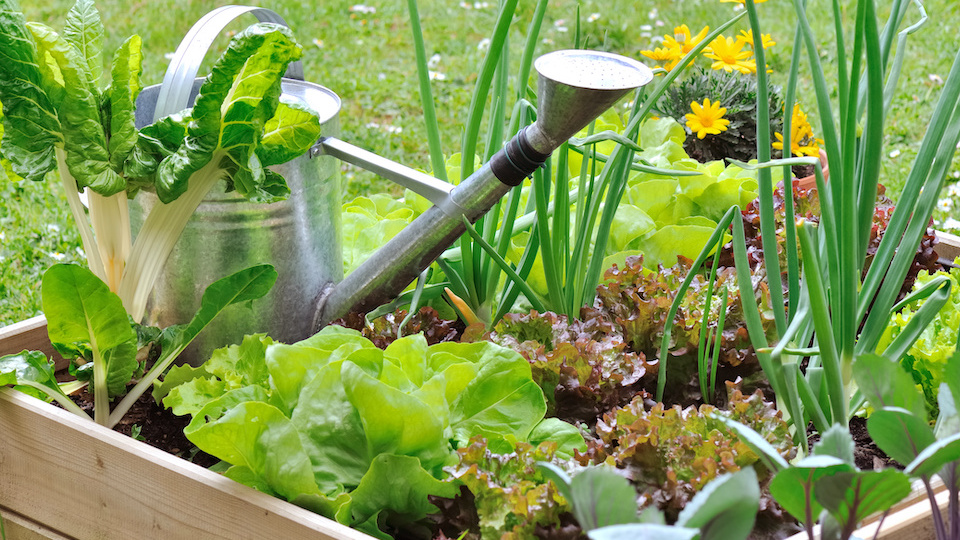Now more than ever, growing your own organic, kitchen garden is essential. With stay-at-home orders still in effect, and grocery store shelves still rather barren, there’s no time like the present to embrace gardening and increase your sustainability to help provide fresh, safe products for you can your family. No matter how much or how little space you have, anyone with a patch of sunlight can grow a bountiful kitchen garden. Here’s how.
What is a kitchen garden?
The idea of the kitchen garden has been around for hundreds of years but has faded into obscurity with the rising popularity of bigger gardens and row planting. Vegetable and fruit gardens are now often less about sustainability and more about profit and quantity. However, there has been a recent movement to bring the kitchen garden back into fashion and recapture the green spirit of early America.
Essentially, a kitchen garden is a garden bed specifically designed to meet your family’s produce needs and keep you in fresh food for the entirety of the growing season. Timing is everything with a kitchen garden since you don’t want to have 30 tomatoes ready for harvest at the same time. The idea of the kitchen garden is not to produce an abundance of food for selling, canning, or freezing, but to maximize the use of fresh food in your everyday meal plan.
Growing your own kitchen garden right outside your door means that you know exactly where your food is coming from. Not to mention that you will be encouraged to eat healthier and spend more time outdoors planting and caring for your garden.
How to start a kitchen garden
Location, location, location
Keep in mind that one of the sole purposes of the kitchen garden is to make food as easily accessible as possible. You should be using the fruits and veggies straight off the plant and so should harvest them as close to using them as possible. You wouldn’t want to have to walk all the way to the back of your property to cut sprig of mint for a glass of tea. Ideally, your kitchen garden should be as close to the door as it can be.
Of course, it is important that this area receives at least 6 hours of direct sunlight per day and has adequate drainage. Before planting your garden, watch the area you want to use after a heavy rain. If puddles are still around after a few hours, you may want to consider another spot. If you don’t have a yard, you can always consider patio raised beds, or pots.
Keep it simple
A kitchen garden isn’t meant to be some elaborate garden full of exotic plants that you can’t even pronounce. Keep it simple and straightforward and plant vegetables and fruits that you know you will eat. Start with things like peppers, tomatoes, cucumbers, mint, basil, lettuce, berries, etc. Don’t make the garden too big either, as the goal is for it to be easily maintained and tended. One popular idea is to plant a simple salad garden. With this, you can grow various types of lettuce that can be harvested all season for a delicious salad with every meal.
Go for a little height
While planting directly into the ground is completely acceptable, you will often find more success with your kitchen garden if you choose to use raised beds. You can place these on the ground and fill them with your desired soil combination for ideal results. Plus, you can even attach legs to the beds to make them table height for ease of harvest and care. You want to make it as simple as possible to run out to your garden and grab a tomato for your busy weeknight dinner prep.
Timing is everything
As mentioned above, it would be a waste to have tons of vegetables maturing at the same time when you couldn’t possibly eat all of them. Do some research and discover the average grow times of every plant you choose to ensure that you will have some kind of fresh produce throughout the growing season. Also, if you live in an area with moderate winters, you can use a cold frame to continue growing all year.
Tips for kitchen gardening
- Be sure to use trellises to maximize space
- Mulch frequently and heavily to prevent weeds
- Use fencing or netting to protect harvest from animals
- Try companion planting
– Susan Patterson




